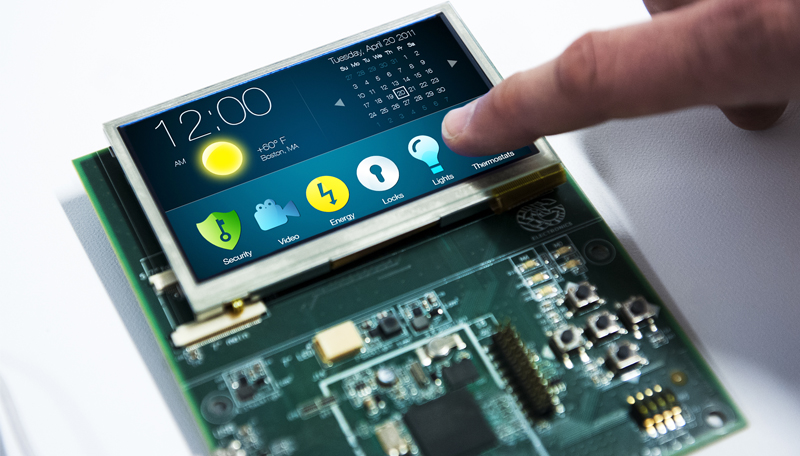Embedded development of edge devices

Embedded Development
Development of embedded software is one of the most challenging fields in software engineering today. Since innovations in many industries traditionally grounded in mechanical engineering (such as automotive or aerospace) shift more and more from mechanical solutions to electronic and computerized functions, embedded software emerges as one of the most promising application domains for software engineering. In the automotive industry for example, over the last years 90 percent of all innovations in new models were driven by electronics.
A recent trend – Machine Learning in the Embedded World
Machine learning and predictive analytics are transforming the way businesses and other organizations operate. Being able to understand trends and patterns in complex data is critical to success, becoming one of the key strategies for unlocking growth in a challenging contemporary marketplace. So far, a machine learning engineers rarely thought about computational resources. Moreover, they seldom care about memory usage. Why? Cause it’s cheap and even your phone has pretty good CPU and a lot of memory.
Now the need to be able to deploy machine learning models on the EDGE (on premise or the device) therefore in the embedded world has made it necessary to refine the way of deploy those models on devices as small as 8bit microcontrollers. These very small, low cost and low energy devices range in the cents cost wise per item and are deployed billions of times. New entrants in this market are making deployments possible to make these extremely cheap hardware smart and intelligent.
The recent advancements in AI, deep learning and other machine learning techniques have led to a humongous growth of artificial intelligence (AI) applications and services, ranging from personal assistant to recommendation systems to video/audio surveillance. Driven by this pattern, there is a pressing need to push the AI frontiers to the network edge in order to completely release the potential of the EDGE. To satisfy this need, edge computing, an emerging paradigm that pushes computing undertakings and services from the network core to the network edge, has been generally perceived as a promising arrangement. The resulting new interdisciplinary, edge AI or edge intelligence (EI), is starting to get an enormous amount of interest. The EDGE AI market, which is the overarching term for the whole segment, can be clustered in three main segments:
Hardware Edge (Chipsets)
Development of EDGE specific chipsets for fast and efficient AI applications. This is especially relevant for ultra-fast real time applications like autonomous driving. These chipsets are usually high-end with redundancies making sure long lasting stability and operation.
Software Edge (AI Platforms vs AI processing such as inference)
Development of EDGE specific software solutions which allow for intelligent AI powered EDGE analytics for anomaly detection and classification of EDGE related phenomena.
Key areas for applications:
IOT applications, Process Automation, Operational Awareness, Predictive Maintenance.
Our expertise lies in the market and technology know-how of this specific field of applications. Microcontrollers but even higher specified CPUs are omni-present and predestined for machine learning on the EDGE.
